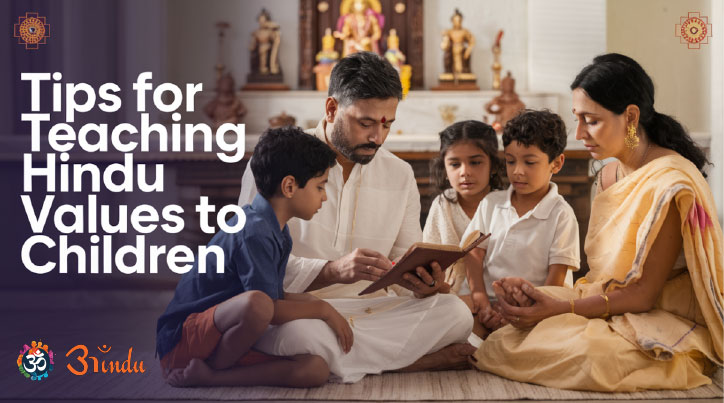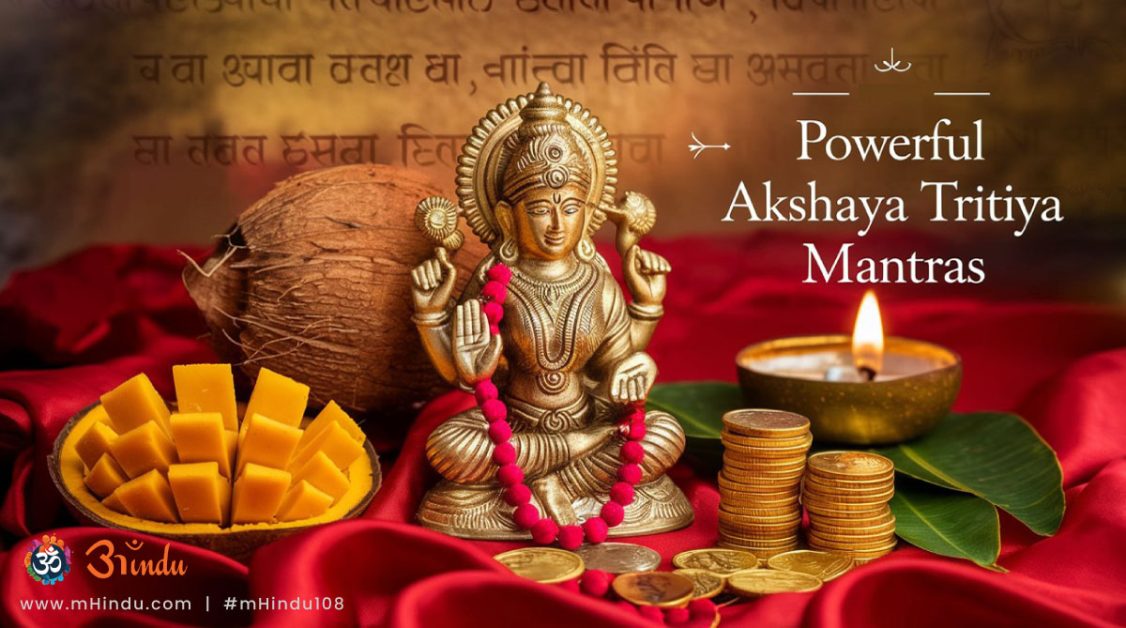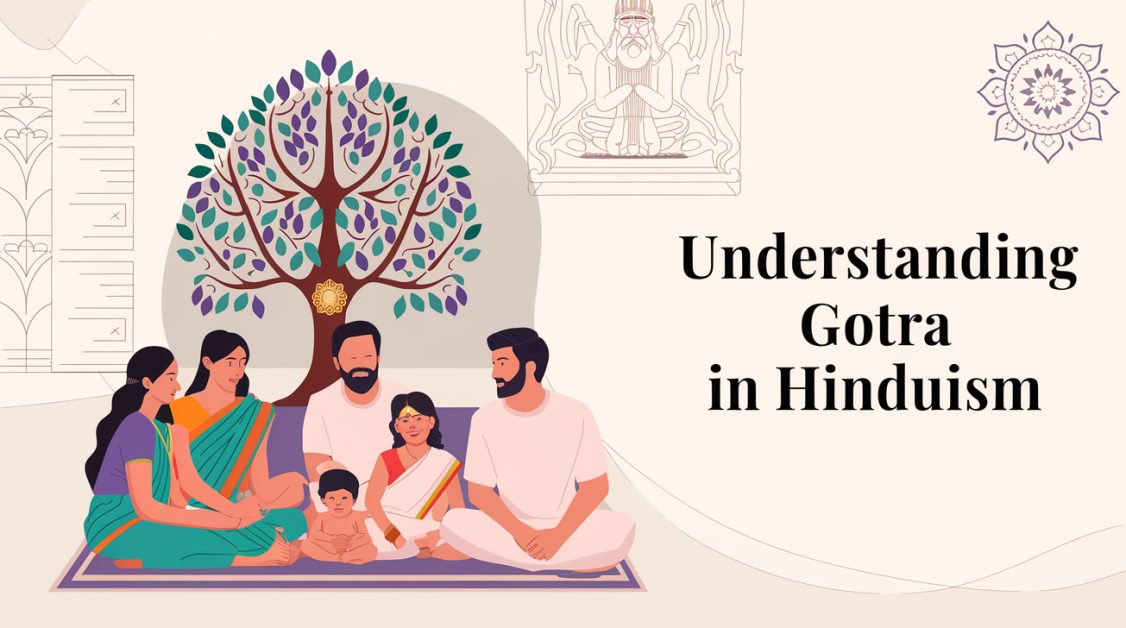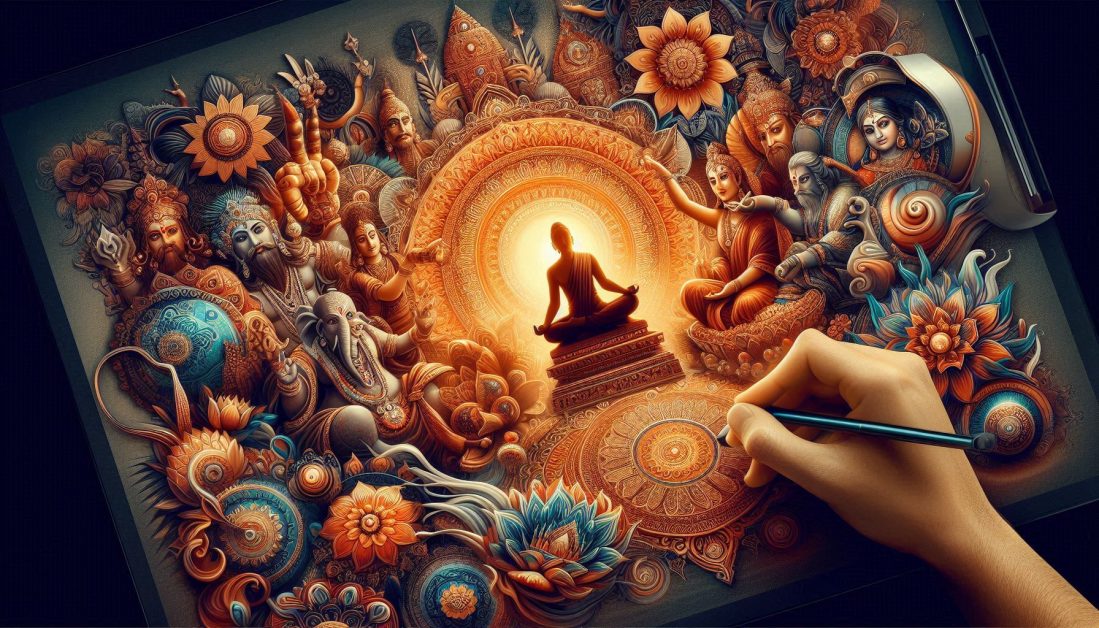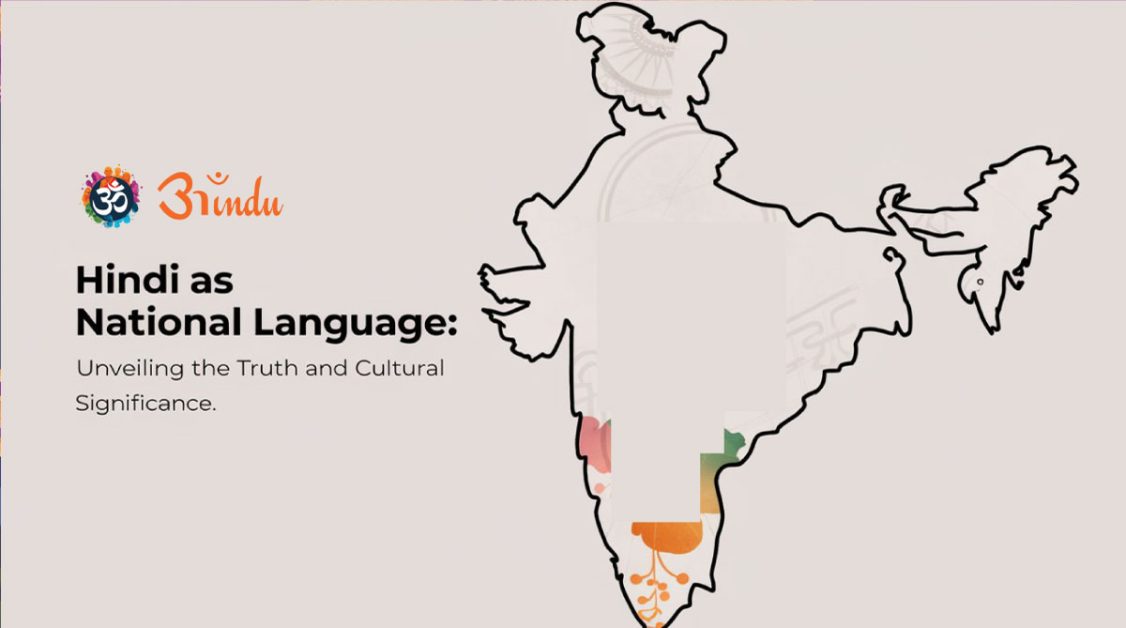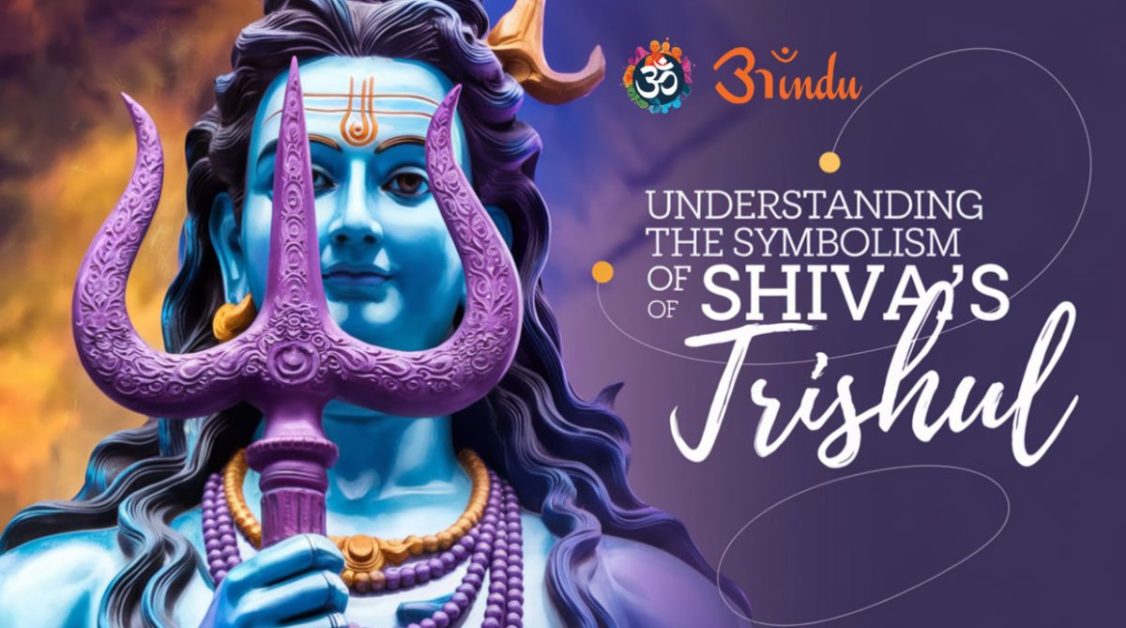
Introduction: When the Ocean Guarded a Secret – The Rebirth of Faith through Dwaraka
The Lost City of Dwaraka has always been more than just a name whispered in mythology—it is a spiritual memory passed through generations, deeply engraved in the collective soul of the Hindu community. From the glowing pages of the Mahabharata to the shlokas of the Vishnu Purana, Dwaraka has been hailed as Bhagwan Krishna’s celestial kingdom, a realm of dharma, wealth, and divine grace. For centuries, scholars questioned its existence, brushing it off as legend. Yet, beneath the swelling tides of the Arabian Sea, science began to stumble upon spirituality.
Explore Blog Content
ToggleIn this sacred space of storytelling, exploration, and rediscovery, we journey through seven profound truths about the Lost City of Dwaraka—truths that not only prove its physical existence but also echo the eternal rhythm of Sanatan Dharma.
“Yada yada hi dharmasya glanir bhavati bharata, abhyutthanam adharmasya tadatmanam srijamyaham.”
(Bhagavad Gita 4.7)
Translation: Whenever there is a decline in dharma, O Bharata, and a rise in adharma, I manifest myself.
This timeless sloka reminds us of the divine role of Krishna in preserving dharma, and nowhere is this more evident than in the majestic tales of Krishna’s Dwaraka—a city built by divine architecture, ruled with cosmic balance, and eventually reclaimed by the ocean when its purpose was fulfilled.
1. A Kingdom Built by the Divine Architect Vishwakarma
Legends state that when Lord Krishna chose to leave Mathura to protect his people from constant wars, he turned to Vishwakarma, the divine architect of the gods, to build a safe and heavenly city—Dwaraka. Nestled along the western coast of present-day Gujarat, the city was said to have 900,000 royal palaces, jeweled gardens, and golden gates. But how could such divine grandeur be real?
What makes Dwaraka different from other ancient cities in Hindu scriptures?
Dwaraka is not described as a mortal city—it’s portrayed as a heavenly embodiment of dharma and aesthetics. Unlike Ayodhya or Hastinapura, Dwaraka was built with celestial consent. The Harivamsa Purana beautifully narrates that Vishwakarma agreed to construct it only when Samudradeva (the Sea God) agreed to give up land.
Modern underwater archaeological studies led by the Marine Archaeology Unit of the National Institute of Oceanography (NIO) found structural remains 20-40 meters below the sea near the present-day Dwarka coast. These submerged structures resemble fort walls, streets, and grids, astonishingly aligning with the layout described in ancient texts.
How did the architecture reflect Sanatan Dharma principles?
In Sanatan Dharma, cities weren’t just habitations—they reflected cosmic geometry (vastu shastra). Dwaraka’s plan, as per scriptures, included divisions for spiritual practice, learning, governance, and living. The palaces were not only beautiful but also upheld principles of dharma, karma, and artha, balancing material and spiritual growth.
“Purusha evedam sarvam yad bhutam yac ca bhavyam.”
(Chandogya Upanishad 3.14.1)
Translation: The entire universe is the Supreme Being, encompassing the past, present, and future.
Dwaraka wasn’t just a city—it was the embodiment of divine presence and the cosmic order of Sanatan Dharma.
2. The Submergence: A Predicted Fate in Hindu Scriptures
One of the most fascinating aspects of the Lost City of Dwaraka is that its submergence was foretold in the scriptures. According to the Mausala Parva of the Mahabharata, soon after Krishna left the earthly realm, his divine city, having fulfilled its spiritual purpose, sank beneath the ocean.
Did the Mahabharata truly predict Dwaraka’s sinking?
Yes, and with poetic clarity. The scripture narrates that with Krishna’s departure, Yadava civilization fell into internal conflict, leading to their destruction. As Krishna sat under a tree in deep meditation, a hunter’s arrow brought his earthly journey to an end. Soon after, Dwaraka, bereft of its divine protector, was consumed by the sea.
In a passage from the Mahabharata:
“The sea, which had been beating against the shores, suddenly rushed forward and engulfed the whole of Dwaraka.”
Modern science now eerily echoes this tale. Marine studies in the Gulf of Khambhat uncovered submerged settlements, carbon-dated to over 9,000 years ago—vastly predating Harappan civilization and aligning with the timeline of Krishna’s era.
Could a divine city really vanish so completely?
This question itself reflects the Western skepticism that long ignored Indian texts as historical sources. However, Sanatan Dharma history is cyclical, not linear. Civilizations rise and fall based on cosmic cycles of Yugas—with Dwaraka’s disappearance symbolizing the end of Dvapara Yuga and the transition into Kali Yuga.
The scriptures do not mourn Dwaraka’s fall. Instead, they present it as a divine withdrawal—an act of grace, not loss. The city fulfilled its purpose and returned to the cosmic womb.
“Na jayate mriyate va kadacin nayam bhutva bhavita va na bhuyah”
(Bhagavad Gita 2.20)
Translation: The soul is never born and never dies; it has never come into being and will not come into being.
Just like the soul, Dwaraka transcends time and space—it was, it is, and it shall be.
3. Krishna’s Dwaraka: More than Mythology – It’s Civilizational Memory
For too long, the West categorized tales of Krishna’s Dwaraka as ‘mythology’—a term implying fantasy. But for the followers of Sanatan Dharma, Krishna is not a myth. He is a historical, cultural, and spiritual reality. His kingdom was not allegorical; it was tangible, radiant, and central to our civilization.
How do we distinguish between mythology and history in Hinduism?
In Sanatan Dharma, the line between itihasa (history) and katha (narrative) is not rigid. The Mahabharata and the Puranas, although composed in poetic form, are revered as iti-ha-asa—“thus indeed it was.” This is why Dwaraka is treated as both sacred and historical.
Texts like Skanda Purana, Vishnu Purana, and Matsya Purana provide elaborate geographical, social, and spiritual details about Dwaraka. The Vishnu Purana describes the city as “surrounded by the sea, connected with the land by a causeway,” a detail echoed in the modern discovery of stone causeways and port structures under the Arabian Sea.
What does Dwaraka tell us about Krishna as a ruler?
While Krishna is often seen as a divine guide in the Gita, he was also a visionary king. His governance in Dwaraka was based on dharma, protection of the weak, equal opportunity, and spiritual evolution. Unlike many kings who ruled for power, Krishna ruled to uplift humanity.
“Sarva-dharman parityajya mam ekam sharanam vraja”
(Bhagavad Gita 18.66)
Translation: Abandon all varieties of dharma and surrender unto Me alone.
Dwaraka embodied this ultimate surrender—not just as a city but as a way of life. It was Krishna’s personal blueprint of what a Sanatan society rooted in dharma, devotion, and dignity could look like.
4. Marine Archaeology Confirms the Legends: Dwaraka Undersea Ruins
The most groundbreaking evidence for the Lost City of Dwaraka emerged not from temples or texts—but from beneath the sea. In 1983, India’s Marine Archaeology Unit (MAU), led by Dr. S.R. Rao, began excavations off the coast of modern Dwarka in Gujarat. What they uncovered silenced many skeptics.
What exactly was found under the sea near Dwarka?
Marine archaeologists discovered stone anchors, structural remains, bastions, grids of streets, and artifacts that resembled an advanced urban settlement submerged 20–40 meters under the sea. Some blocks had regular masonry, showing signs of human construction rather than natural rock formations. These findings were carbon-dated to periods ranging from 3,500 to over 9,000 years ago.
Moreover, pottery shards, coin-like seals, and remnants of a possible dockyard indicate trade, maritime skill, and a thriving population—details that mirror the descriptions of Krishna’s Dwaraka in ancient texts.
How do these ruins align with Sanatan Dharma history?
In Sanatan Dharma, dharma and knowledge are eternal, and the loss of a city is not the loss of its dharma. These ruins reaffirm that civilizations like Dwaraka weren’t fictional—they were real and spiritually vibrant. Their rediscovery is part of Kali Yuga’s truth resurfacing, restoring faith in our civilizational roots.
“Satyam eva jayate nanritam”
(Mundaka Upanishad 3.1.6)
Translation: Truth alone triumphs; not falsehood.
The truth of Dwaraka endured millennia underwater. Its rediscovery is not just an archaeological triumph but a dharma-sankalp—a reaffirmation of faith for Hindus globally.
Marine explorations continue to uncover newer evidence, including submerged structures in the Gulf of Khambhat (Cambay), suggesting a vast network of coastal cities, with Dwaraka likely being a central node. Such discoveries are rewriting not only Indian history but global timelines.
5. Dwaraka in Scriptures Beyond the Mahabharata
While the Mahabharata provides the most detailed narrative of Dwaraka’s life and fall, other Hindu scriptures too elevate the city’s divine importance. Its appearance across multiple Puranas reflects how deeply integrated Dwaraka was into the spiritual psyche of Sanatan Dharma.
Which other scriptures talk about Dwaraka?
- Vishnu Purana: Describes the construction of Dwaraka, its palaces, gardens, and prosperity. It also describes Krishna’s move from Mathura to this divine city.
- Bhagavata Purana: Narrates Krishna’s life in Dwaraka—his family, spiritual discourses, and rule of dharma. It refers to the city as “Dwaravati,” filled with happiness and knowledge.
- Skanda Purana & Harivamsa: Talk about Dwaraka’s destruction and the divine will behind it. They see it not as a tragic event, but as a return of the divine to the cosmic womb.
Why is Dwaraka spiritually significant beyond Krishna?
Dwaraka symbolizes more than Krishna’s reign—it represents a dharmic utopia, where governance, knowledge, and spirituality were perfectly aligned. In many Vaishnav traditions, Dwaraka is seen as one of the four sacred “Char Dham” pilgrimage sites, alongside Badrinath, Puri, and Rameswaram.
“Dharmo rakshati rakshitah”
(Manusmriti 8.15)
Translation: Dharma protects those who uphold dharma.
Dwaraka was the land where dharma was lived, not merely taught. Its residents were expected to practice truth, duty, and devotion as part of their daily lives—a model Sanatan Dharma holds as ideal.
Pilgrims even today visit Bet Dwaraka, an island nearby considered the residence of Krishna and his queens. Temples across Gujarat and beyond, including the Dwarkadhish Temple, keep this spiritual flame alive, proving that Dwaraka is as much present in devotion as it is in geography.
6. Dwaraka and Sanatan Dharma’s Vision of Time: Yugas and Cosmic Cycles
Understanding the Lost City of Dwaraka through the lens of Sanatan Dharma also means recognizing its connection to time itself. Hinduism doesn’t follow linear timelines like Western history. It embraces cyclical time, divided into four Yugas: Satya, Treta, Dvapara, and Kali. Dwaraka marks the end of the Dvapara Yuga.
What does Dwaraka teach us about Yugas?
According to scriptures, Dwaraka rose at the beginning of Dvapara Yuga, served its cosmic purpose through Krishna’s life and teachings, and then willingly dissolved into the sea to mark the transition to Kali Yuga. Its disappearance wasn’t just a physical event—it was symbolic.
The Bhagavata Purana says:
“After Krishna left this world, the ocean submerged the whole of Dwaraka, leaving no trace for the world of Kali.”
This view reinforces Sanatan Dharma’s belief in impermanence, divine timing, and the role of avatars in maintaining cosmic balance.
Does this cyclical time concept challenge or support archaeology?
Interestingly, it supports it. Western historians often found inconsistencies between archaeological findings and their own timelines, but Sanatan Dharma accepts vast spans of time—making room for civilizations that existed thousands of years ago and were lost without modern records. Dwaraka, as revealed by undersea archaeology, fits beautifully into this Yuga-based framework.
“Anityam asukham lokam imam prapya bhajasva mam.”
(Bhagavad Gita 9.33)
Translation: Having come into this transient and sorrowful world, devote yourself to Me.
Dwaraka reminds us that no matter how advanced a society may be, its only permanence lies in dharma. Its beauty, its science, its glory—all faded, but the teachings of Krishna and the devotion of the people remain immortal.
By understanding Dwaraka’s rise and fall, Hindus are invited not to fear loss but to live meaningfully in every Yuga, knowing well that what is aligned with dharma will return again.
7. Dwaraka Today: Living Legacy Through Faith, Pilgrimage, and Identity
Though the Lost City of Dwaraka vanished beneath the waves, its spiritual legacy stands tall on the shores of Gujarat. Today’s Dwarka, with the majestic Dwarkadhish Temple, is not just a place of worship—it is a beacon of Sanatan Dharma’s continuity, reminding every devotee of a city that once touched the divine.
How does modern Dwarka connect with ancient Dwaraka?
Present-day Dwarka, one of the holiest sites in the Char Dham Yatra, is believed to be built near the original location of Krishna’s Dwaraka. The Dwarkadhish Temple, built over 2,000 years ago and renovated several times, is dedicated to Lord Krishna in his royal form. Pilgrims throng to the temple throughout the year, especially during Janmashtami, when Krishna’s birth and rule over Dwaraka are celebrated with deep devotion.
The temple stands as a physical and emotional anchor, preserving the city’s memory across Yugas. Beneath the aartis and chants lies a powerful truth—Dwaraka never truly sank. It simply moved from the ocean floor into the hearts of millions.
Is Dwaraka still being explored?
Yes, and with rising interest. The Archaeological Survey of India (ASI) and marine scientists continue to conduct explorations using sonar mapping, underwater photography, and carbon dating. New findings periodically validate ancient texts, bringing Sanatan Dharma history into sharper focus.
Moreover, initiatives like the “Krishna Circuit” under India’s tourism policy aim to link spiritual geography with historical evidence, promoting not just pilgrimage but cultural awakening.
“Yatra yogeshvarah krishno yatra partho dhanur-dharah, tatra shrir vijayo bhutir dhruva nitir matir mama.”
(Bhagavad Gita 18.78)
Translation: Where Krishna is, and where Arjuna is, there is victory, glory, prosperity, and righteousness.
Dwaraka may be lost beneath the sea, but it remains forever present in our cultural bloodstream, in every shloka, every murti, and every tale of Krishna told from grandfather to grandchild.
Summary: Why the Lost City of Dwaraka Still Lives
The story of the Lost City of Dwaraka is a profound union of faith, fact, and philosophy. It’s a tale that transcends time, dissolves boundaries between myth and history, and reaffirms the spiritual depth of Sanatan Dharma. From the shimmering palaces built by Vishwakarma to the underwater remains aligned with scriptural narratives, every layer of Dwaraka’s existence whispers truth.
Its submergence, rather than being a tragic loss, is Sanatan Dharma’s poetic reminder that what rises with dharma must also dissolve with grace. Just as Lord Krishna came to restore dharma and left when his mission was fulfilled, so too did Dwaraka fulfill its divine role and return to the cosmic depths.
Dwaraka teaches us that:
- Civilizations are not only built in stone but also in values, devotion, and dharma.
- What the modern world calls ‘myth’ is often a deeper civilizational memory awaiting rediscovery.
- Hinduism doesn’t just preserve the past—it lives it daily, through temples, festivals, and pilgrimages.
In revisiting Dwaraka, we rediscover not only a sunken city but a glorious way of life. A life where Krishna walked among men, where truth reigned in governance, and where the ocean itself bowed to the Lord’s will.
Let us not merely study Dwaraka—we must live the dharma it stood for.
FAQs
1. Is the Lost City of Dwaraka real or a myth?
The Lost City of Dwaraka is mentioned in the Mahabharata and Puranas as Lord Krishna’s divine capital. Underwater archaeological findings off Gujarat’s coast suggest that a submerged city matching these descriptions did exist, supporting its historicity within Sanatan Dharma history.
2. When did the Lost City of Dwaraka sink?
According to scriptures, Dwaraka sank shortly after Lord Krishna’s departure from Earth, marking the end of Dvapara Yuga. Scientific findings suggest the submergence occurred over 3,500–9,000 years ago, consistent with ancient timelines.
3. What was special about Krishna’s Dwaraka?
Krishna’s Dwaraka was a divine city built by Vishwakarma. It had celestial architecture, advanced governance, and spiritual discipline—making it a model dharmic society reflecting the essence of Krishna’s teachings.
4. Can you visit the original Dwaraka today?
While the submerged Dwaraka remains underwater, modern Dwarka in Gujarat is a major pilgrimage site. The Dwarkadhish Temple stands as a spiritual successor to the ancient city.
5. What did marine archaeologists find in Dwaraka undersea ruins?
Archaeologists found stone anchors, city walls, pillars, and grid-like urban planning beneath the sea—matching descriptions of Dwaraka in scriptures. These findings reinforce belief in the Lost City of Dwaraka.
6. Why did the sea swallow Dwaraka?
Scriptures say Dwaraka’s submergence was divinely ordained. After Krishna fulfilled his earthly mission, the city, no longer needed, returned to the sea—symbolizing impermanence and cosmic order in Sanatan Dharma.
7. Is Dwaraka older than Harappa?
Yes, some structures discovered undersea have been dated to over 9,000 years—possibly older than the Indus Valley Civilization, challenging conventional history.
8. What does Dwaraka teach modern Hindus?
Dwaraka teaches that spiritual values outlast even the grandest empires. It reminds Hindus to live by dharma, accept divine cycles, and find identity through Sanatan Dharma history.


